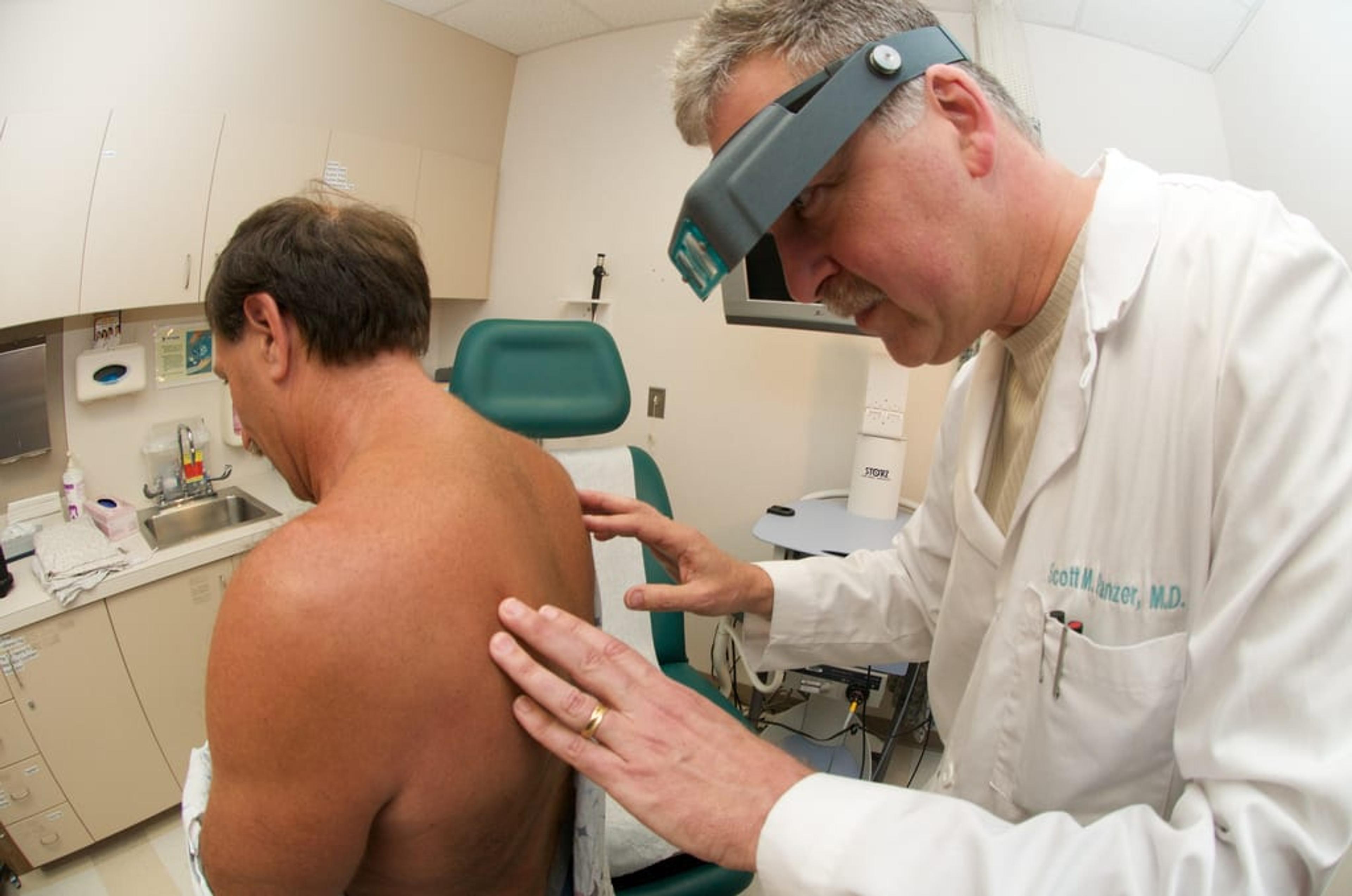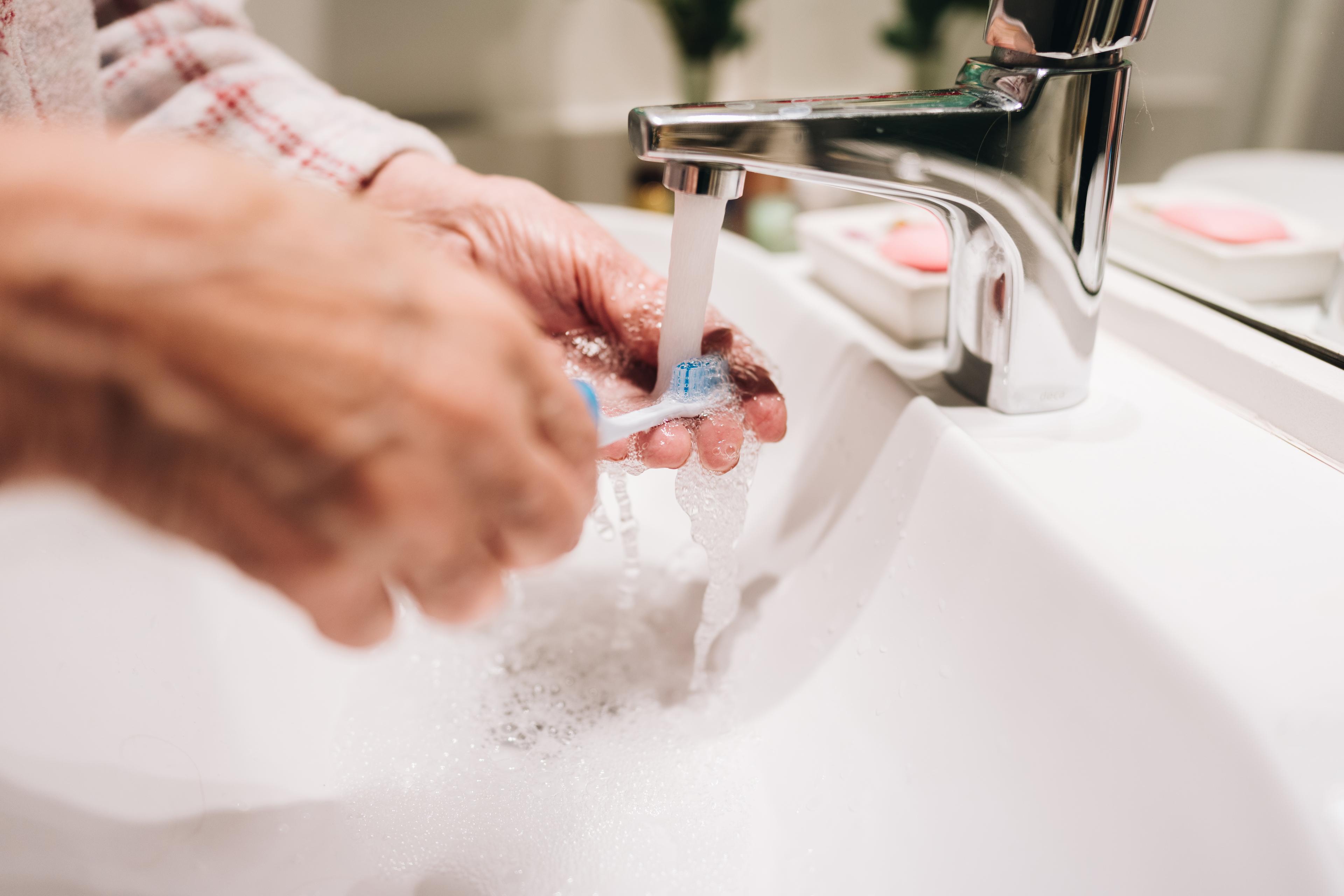Why more men should visit the dermatologist
2 min read

If you asked most women about what they do to protect their skin, most would say they have some sort of skin care routine, especially during the summer. But it seems these routines are not being picked up by most men.
According to a 2012 survey from The Skin Care Foundation, men’s knowledge of sun protection and skin cancer was far below that of women’s. Half of the respondents admitted to not using sunscreen in the past year and another 70% had no idea what skin cancer warning signs to look for. But, what’s most scary is men, not women, over the age of 50 are twice as likely to develop and die from melanoma.
Luckily, The Skin Care Foundation and other organizations including Banana Boat and Hawaiian Tropic sunscreens are creating men-specific awareness campaigns to boost education and hopefully decrease these staggering statistics.
As one of the most preventable cancers, skin cancer can be avoided if you take precautions. One of the best things you can do for your skin is to visit a dermatologist every year to have a full body check. Moles can grow in between toes, on your scalp and various other hidden areas. The sooner a suspicious mole is found, the better your chances of not letting it transform into cancerous cells.
When you’re in between checks, keep these in mind to protect your skin:
- 30 and above – The best sunscreens are SPF 30 or more and applied every 2 hours. So, if you’re playing 18 holes of golf on Friday, apply sunscreen before you tee off, and again at the 9th hole to stay protected.
- Spots and moles – There are all sorts of skin cancer types and various scabs or moles that could potentially be cancerous. While some frequently bleed or have little white bumps, others can be dark, raised and have jagged edges. Check out this list of warning signs.
- Noon and one – Peak hours are particularly harmful on your skin and can cause a sunburn in as little as 10 minutes if you don’t apply sunscreen. Plus, if you’re out on the water enjoying any one of Michigan’s lakes, you increase your risk because 80% of the sun’s rays are reflected on the water.
Image: Cristina Care









